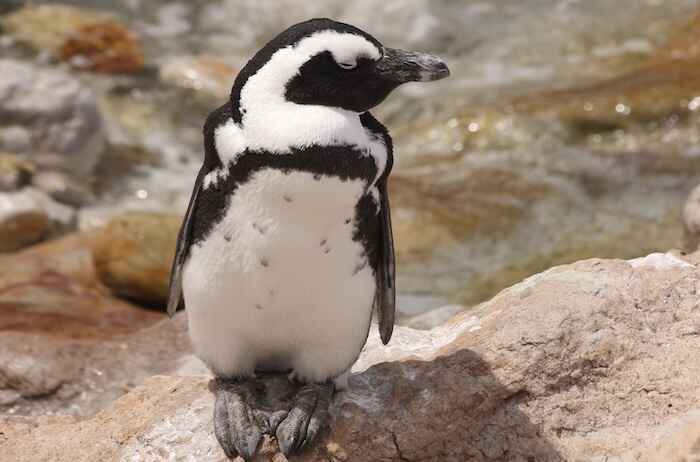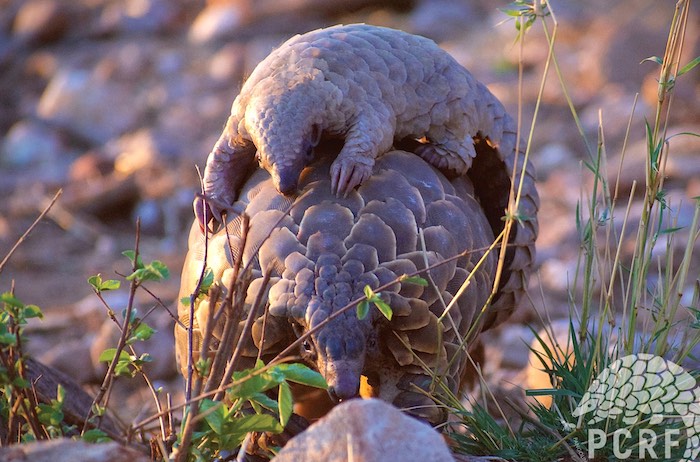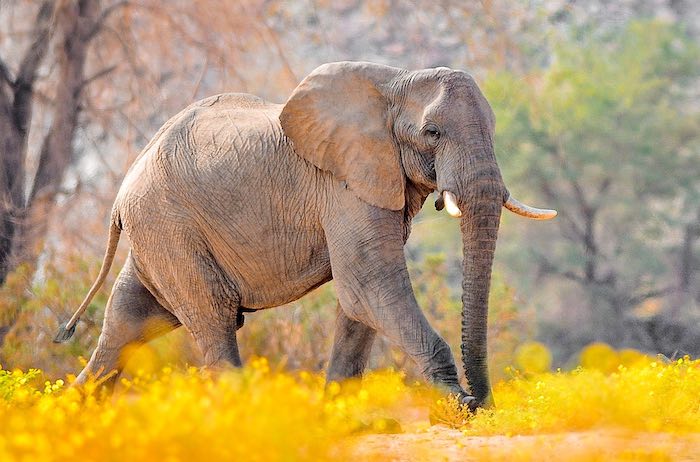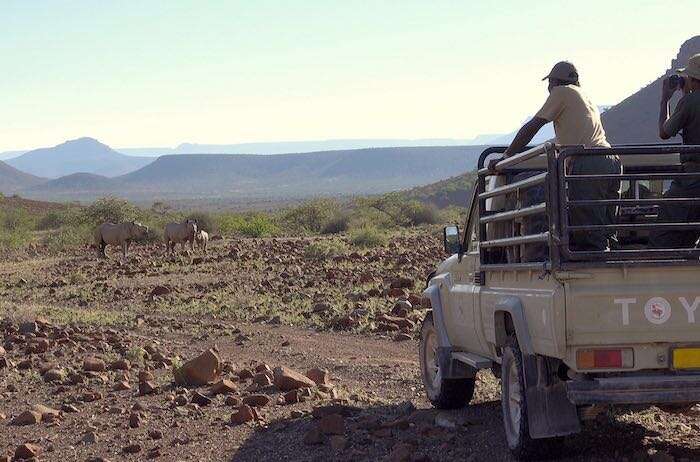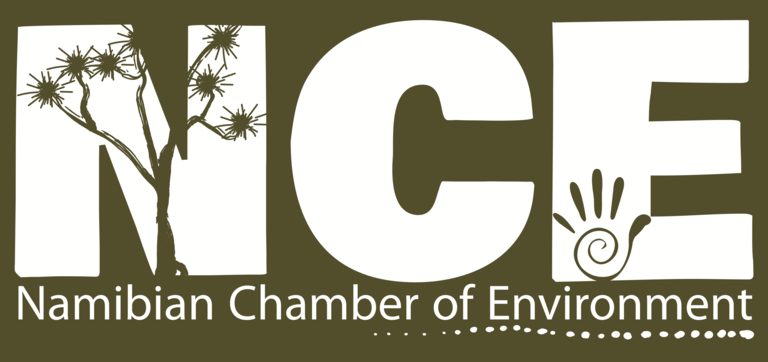
Namibia’s conservation success and Germany’s steadfast support
13th November 2025
13th November 2025
In Namibia, nature conservation and sustainable use are enshrined in the constitution, making it a global leader in this regard. Namibia’s approach to protecting natural heritage focuses on empowering communities as stewards of the land, rather than relying solely on regulation and law enforcement.
Over 40 percent of Namibia’s land is designated for conservation and sustainable use, exceeding the international goal to conserve 30% of the earth’s surface by 2030. Central to this achievement is Namibia’s community-based conservation model, which grants rural communities rights to use their natural resources sustainably. Through communal conservancies and community forests, local people manage wildlife and benefit from its protection. This approach has transformed conservation into a grassroots movement, with 86 communal conservancies and 47 community forests covering around 20 percent of Namibia’s territory and benefiting over 244,000 people.
This model has gained international recognition, thanks to the Namibian Government’s vision for sustainable and inclusive use of natural resources for the benefit of all Namibians. A key partner in this journey has been the Federal Republic of Germany, which has provided consistent financial, technical, and policy support since 1990 through institutions like KfW Development Bank and Deutsche Gesellschaft für Internationale Zusammenarbeit (GIZ).
With over €1.6 billion (approximately N$32 billion) in development assistance to Namibia over the last 35 years, Germany has made a significant contribution to Namibia’s achievements in conservation and sustainable development. We share a few highlights from this long and productive partnership here.
KfW – supporting national parks and community conservation
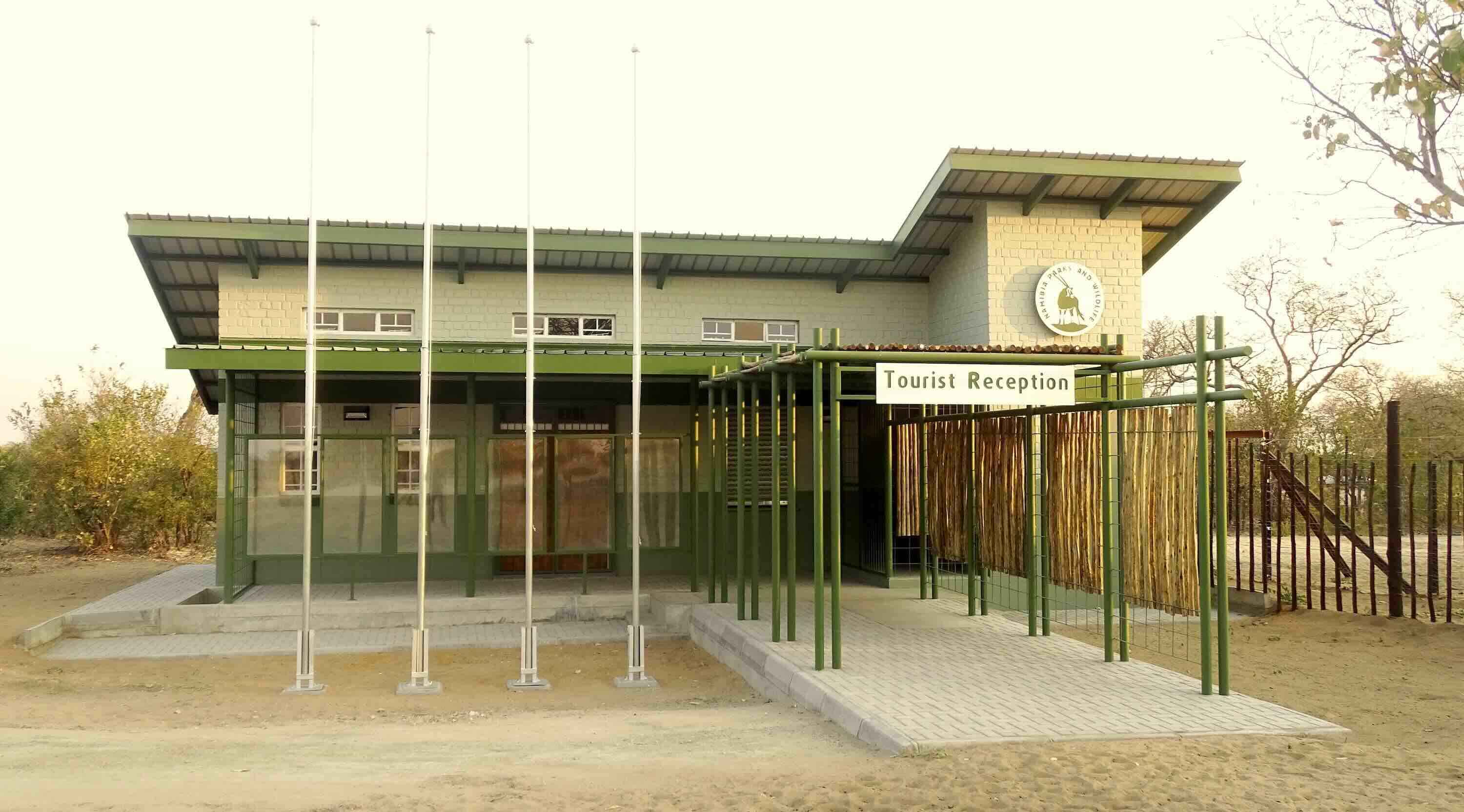
Through the Namibia National Parks Programme (known as NamParks), KfW assisted in building and upgrading critical infrastructure in national parks for the Ministry of Environment, Forestry and Tourism (MEFT), including 13 new park management stations, administrative buildings, staff accommodation, and tourism facilities. These investments have improved the efficiency and professionalism of park management, made parks more accessible and attractive to tourists, enhanced biodiversity monitoring, and contributed to job creation in neighbouring communities. This support programme has strengthened the livelihoods of approximately 180,000 Namibians and enhanced wildlife management in these critical protected areas.
Looking ahead, sustainability is a pressing concern. While donor support has been vital, reliance on project-based funding leaves Namibian national conservation efforts vulnerable to economic shocks and geopolitical developments. Recognising this, KfW committed €3 million towards establishing a sustainable financing mechanism for Namibia’s state-protected areas.
Beyond state-protected areas, Germany has supported Namibia’s Community-Based Natural Resource Management Programme (CBNRM). The Community Conservation Fund of Namibia (CCFN) was established with the support of KfW to provide long-term funding to community conservation areas. Through the CCFN, conservancies receive grants to support operational costs, invest in tourism infrastructure, and maintain wildlife monitoring and anti-poaching patrols. This financial stability was crucial during the COVID-19 pandemic, which led to a significant decline in tourism revenues for many communities. Around 9,400 local beneficiaries and their families received support during this time of need through the Conservation Relief, Recovery and Resilience Facility (CRRRF) managed by the CCFN.
Germany has also played a significant role in mitigating human-wildlife conflict. In regions like Kunene and Zambezi, communities face numerous threats from wildlife, including elephants that eat crops and destroy water infrastructure, as well as predators such as lions that attack livestock. These events can provoke retaliation against wildlife and erode community support for conservation. KfW has therefore funded numerous mitigation measures, including predator-proof livestock kraals, early warning systems, and water access points for wildlife away from villages, providing communities with both security and incentives to continue coexisting with wildlife. In the Ombonde landscape alone, the conflicts with lions declined by 80%.
Poaching remains a threat within and beyond state-protected areas, especially to high-value species like rhinos and pangolins, which stretches conservation resources. KfW has bolstered anti-poaching efforts by providing equipment, training, and infrastructure to support the MEFT’s Wildlife Protection Services (WPS).
GIZ – providing technical support for policies, resilience, and livelihoods
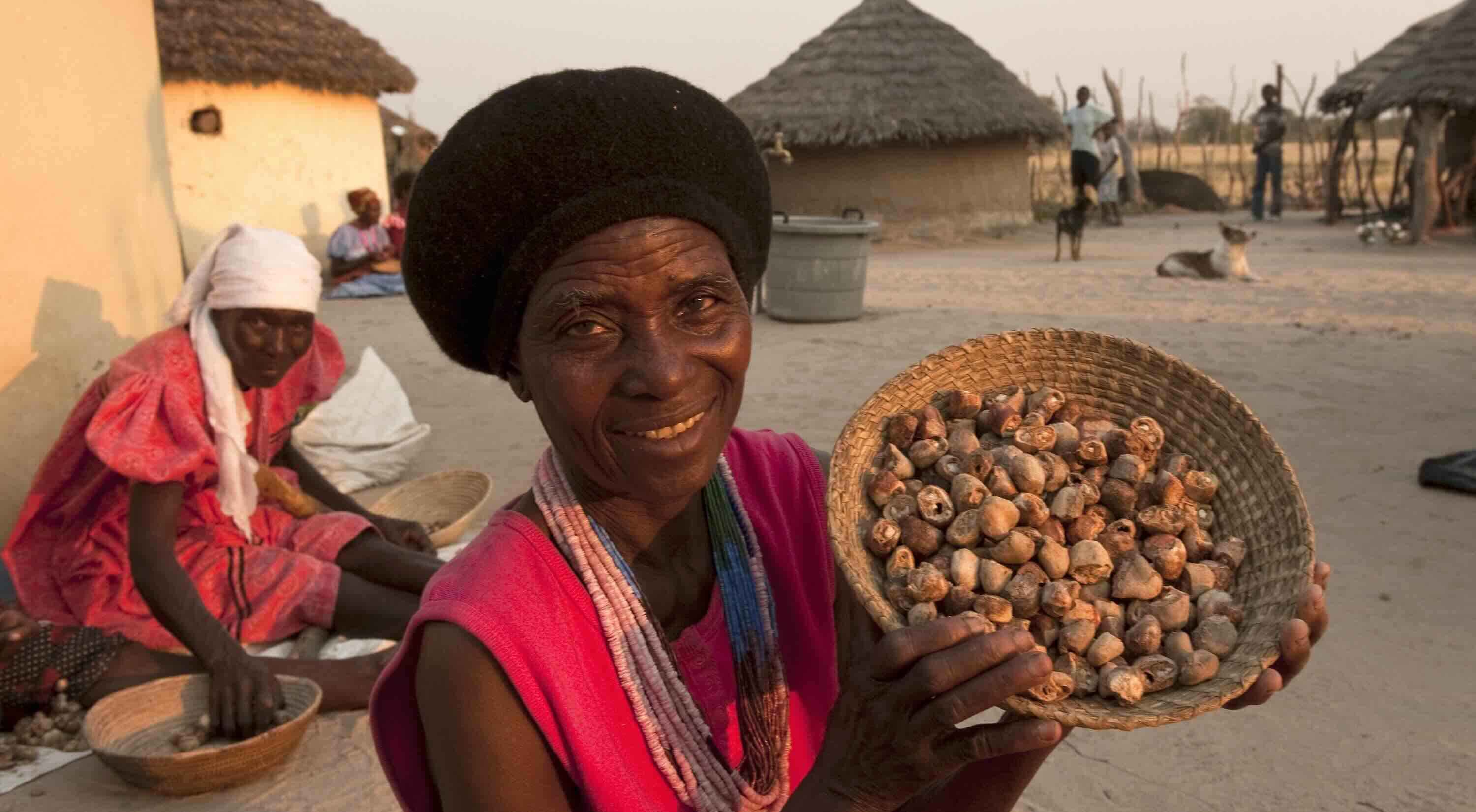
The support Germany provides through financial cooperation is complemented by Namibian-German Technical Cooperation partnerships. Technical Cooperation – implemented mainly through GIZ – is designed to strengthen natural resource management, policy development, and implementation while promoting good governance and capacity development.
Since the 1990s, GIZ (formerly GTZ) has been a consistent partner of the Namibian Government and civil society in shaping and scaling up environmental policies and initiatives. These include the CBNRM Programme, biodiversity finance initiatives, and targeted policy development. The Environmental Management Act (EMA) and Namibia’s ambitious climate goals, as outlined in its Nationally Determined Contributions (NDCs) under the Paris Climate Agreement, are among the policies developed with GIZ assistance.
GIZ is currently supporting the development process of the third National Biodiversity Strategy and Action Plan (NBSAP). This will ensure crucial policy support in the future for the conservation and sustainable use of biological diversity, particularly in the face of emerging challenges such as increased mining and exploration, as well as the development of energy infrastructure in and around conservation areas and communal conservancies.
Technical Cooperation has also continuously focused on diversifying livelihoods and income opportunities. Partnerships between Namibian and European companies have promoted the sustainable use of indigenous natural products, such as through the Eudafano Women’s Cooperative, which processes Marula oil and supports over 2,500 women. The regulation of access to such natural resources and the fair and equitable sharing of benefits from their use has created important incentives to conserve Namibia's rich natural heritage for current and future generations.
To ensure that resources are being utilised effectively and that the governance of communal conservancies is delivering results for their members, GIZ has been providing support for financial management training in all regions. It has further advised MEFT during the introduction of a CBNRM digital monitoring and reporting system to continuously improve management and accountability.
Over the years, Technical Cooperation has helped communities adapt to climate challenges. In response to recurring droughts, GIZ collaborated closely with the MEFT to enhance water infrastructure, including the replacement of diesel pumps with solar pumps in the Kunene Region. These pumps have provided clean water for over 4,300 people and many wild animals while reducing human-wildlife conflict and avoiding 450 tonnes of carbon dioxide emissions annually.
Celebrating achievements, looking to future challenges
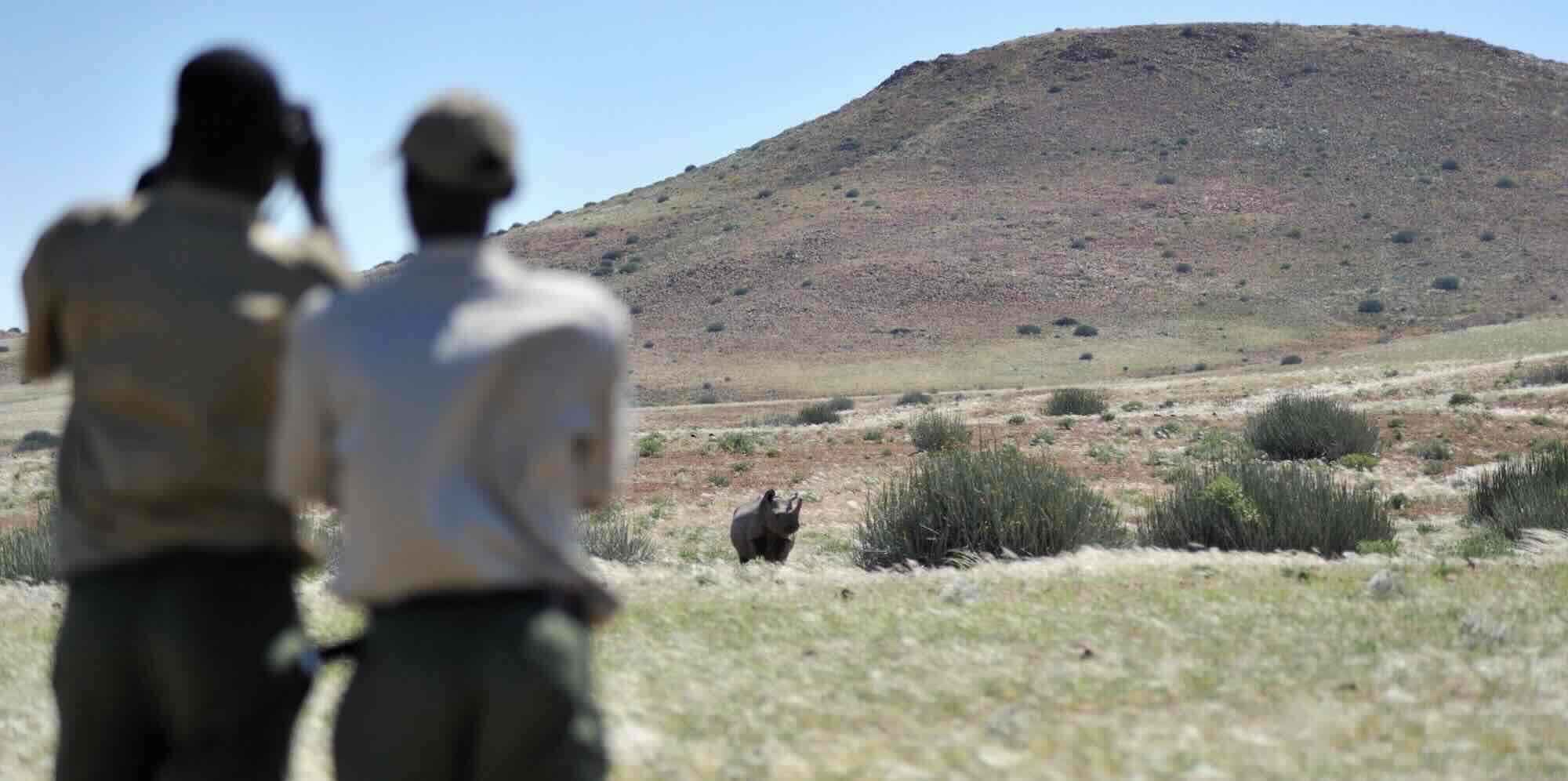
The Namibian-German Cooperation can take pride in its many achievements over the last few decades. From 1990 to 2022, community conservation contributed an estimated N$13,466 billion to Namibia’s net national income, supporting around 3,200 direct jobs in community conservation and generating income from tourism and small enterprises.
Despite the many successes and progress, some challenges remain. These include competing land uses (e.g., mining and energy infrastructure vs. conservation and tourism) and climate change, which is intensifying pressures on Namibia’s ecosystems. Increasingly unpredictable rainfall, prolonged droughts, and extreme weather events necessitate adaptive strategies, particularly in water management, land restoration, and the management of wildlife migration corridors. At the same time, Namibia’s conservation model must continue to demonstrate that the people benefit directly from natural resources and that biodiversity enhances the lives of all Namibians.
What makes Namibia’s conservation model remarkable and fit for the future is its integration of social, economic, and environmental priorities. It is not only about saving wildlife; it is about creating systems that allow people and nature to coexist and thrive together. This philosophy aligns closely with Germany’s own development principles, which prioritise sustainability, local ownership, and long-term impact while emphasising capacity building and inclusive development.
The partnership between Namibia and Germany is characterised by mutual respect and shared vision. German Development Cooperation has consistently aligned with Namibia’s own priorities, thus fostering trust and enabling vital reforms. This partnership serves as a model for other countries, demonstrating that conservation and development can be mutually beneficial. From building infrastructure and institutions to supporting communities and financing the country's future, Germany has made significant contributions to Namibia’s national success story. The road ahead will require continued commitment, innovation, and adaptation from both partners. But the foundation is strong, and the vision is clear.
Namibia’s unique nature and landscapes may be ancient, but its conservation thinking is ahead of its time. With Germany as a steadfast partner, Namibia has established a legacy of environmental conservation and inclusive, sustainable use, offering a blueprint for balancing ecological responsibility with economic resilience. As global attention shifts toward nature-based solutions, the Namibian-German partnership stands as an inspiring example of what is possible – and urgently needed – worldwide.
For articles on similar topics, please click one of the following options:
If you enjoyed this page, then you might also like:

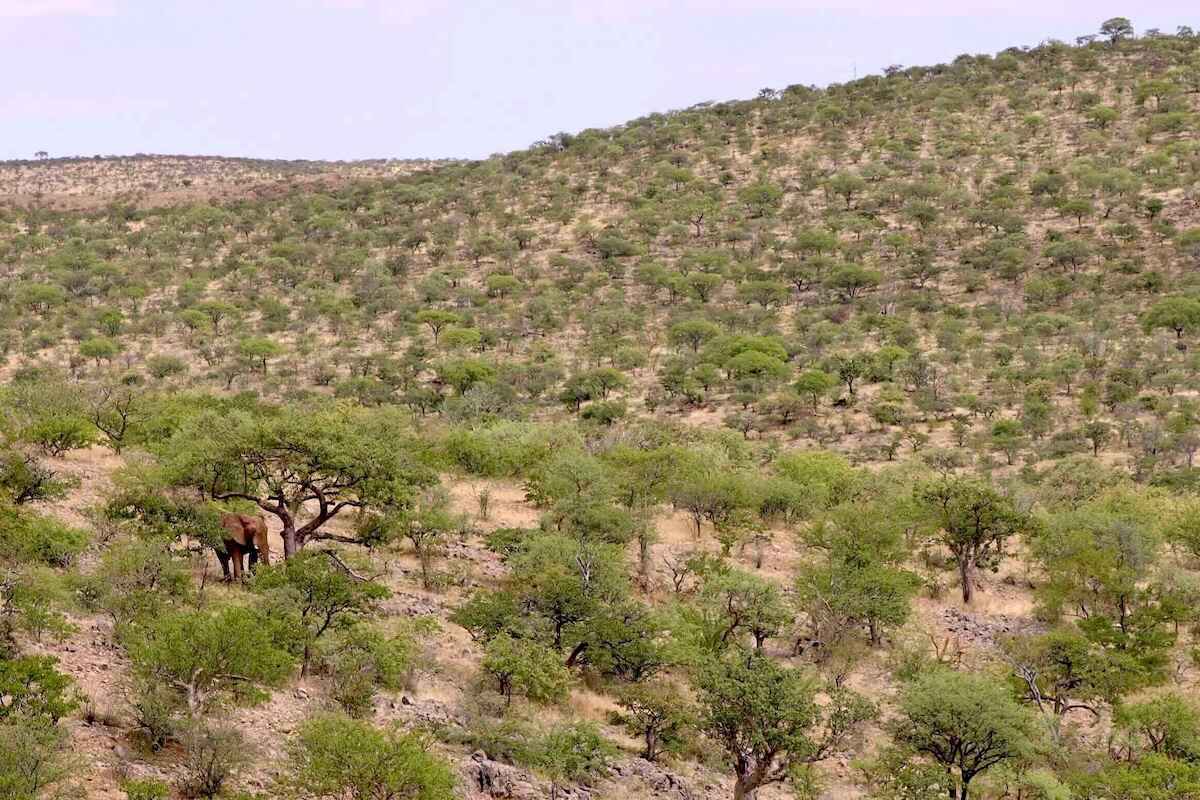
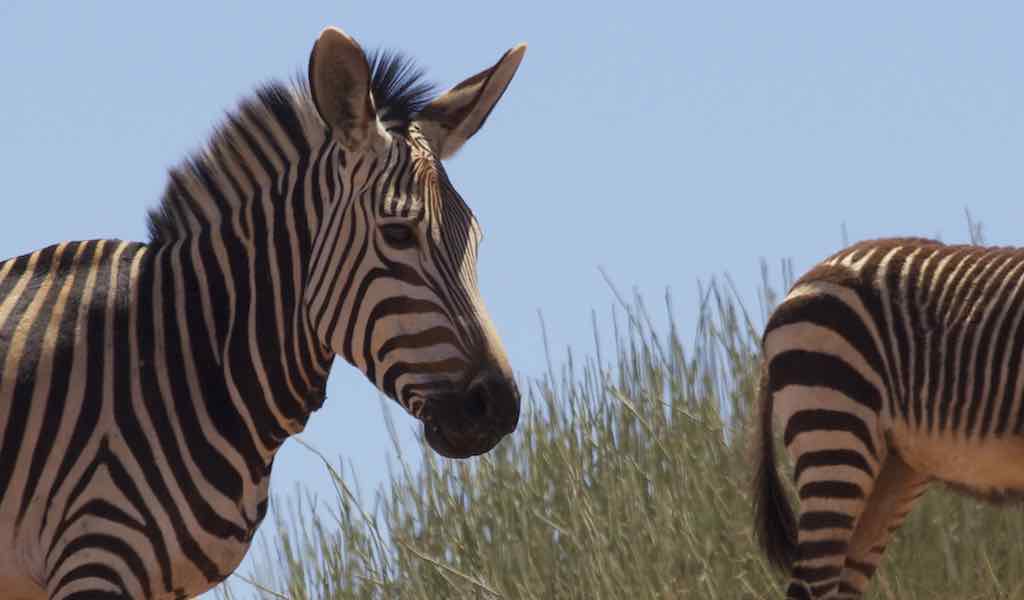
For more great articles from Conservation Namibia see below...
Conservation Namibia brought to you by:
We use cookies to monitor site usage and to help improve it. See our Privacy Policy for details. By continuing to use the site, you acknowledge acceptance of our policy.
